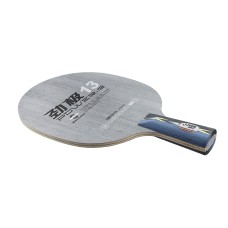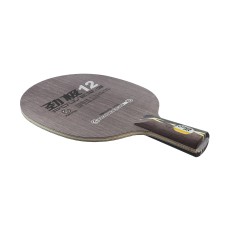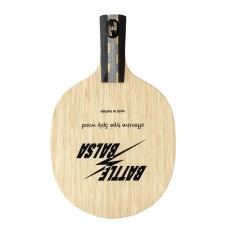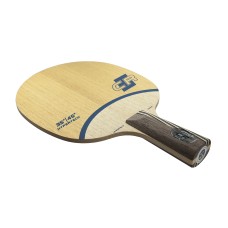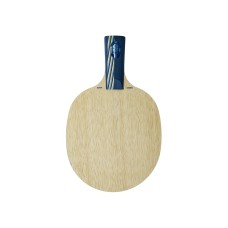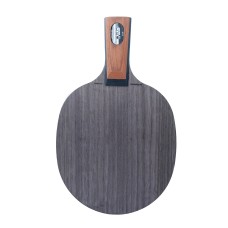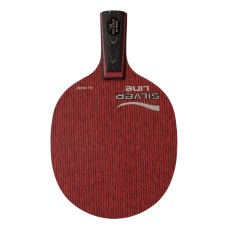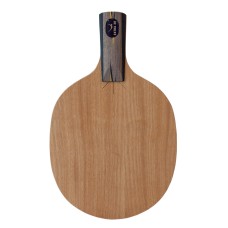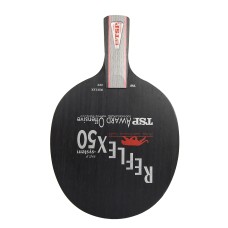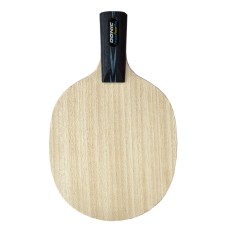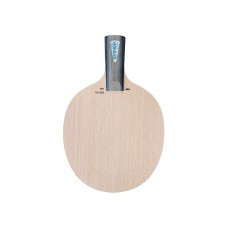Penhold blades
There are two types of ping pong blades – traditional or European and penhold or Asian. The difference between the two lies in the grip, and different blades are produced for different techniques. Should you get yourself a European or an Asian penhold blade? Let’s find out!
The Asian grip has been most popular with ping pong players from Asian countries, that’s why penhold blades are also called Asian blades. However, nowadays it’s the player’s technique, not the country of origin, that matters. Penhold blades can be handled exactly like a pencil or a pen, and the racket is positioned vertically, not horizontally, as in the European grip.
Advantages of Penhold Blades
- a big advantage in serving;
- much faster attacking strikes;
- powerful game at top-spins.
Disadvantages of Penhold Blades
- very difficult for a good attack on the left;
- not suitable for a variety of techniques, almost of no use at defense style;
- best suited only for attacks from the right side (from the left for left-handers).
So if you’re an attacker, it’s worth learning the difficult Asian grip. In the experienced arms, Chinese and Japanese penhold blades work like a natural extension of the player’s arm and ensure an unbeatable “ball feeling”. Check out our range of Stiga penhold blades and blades from other manufacturers and find the best equipment for an engrossing game!

